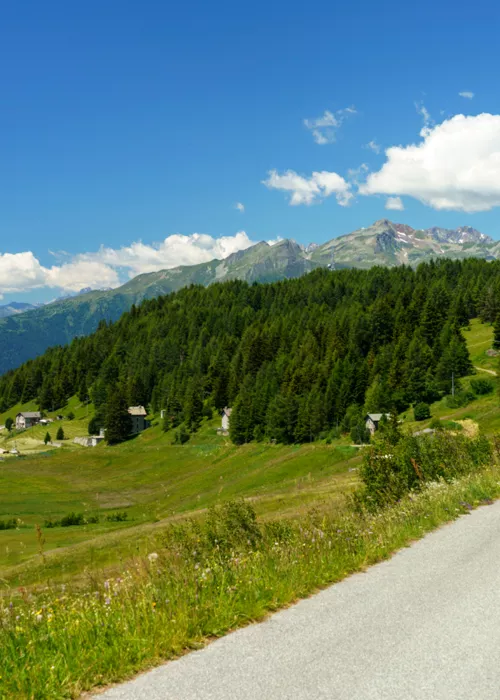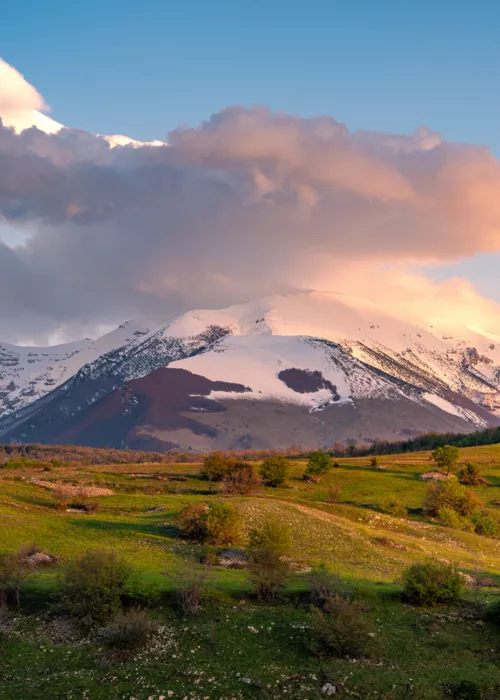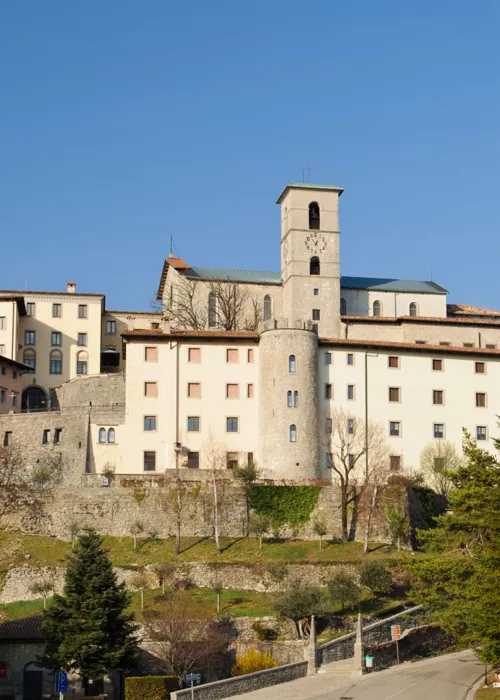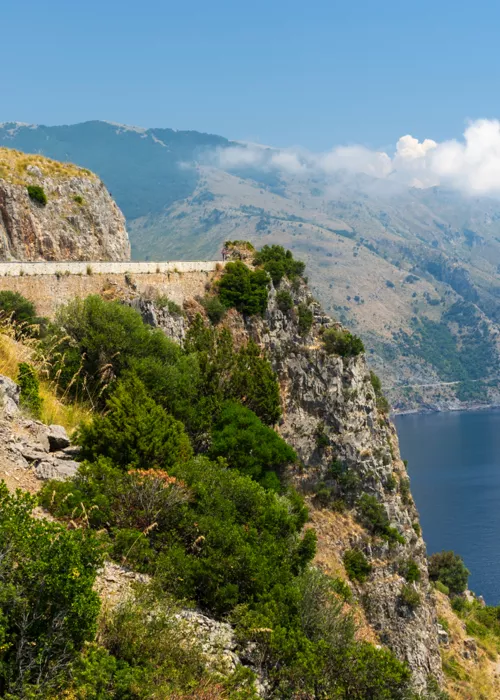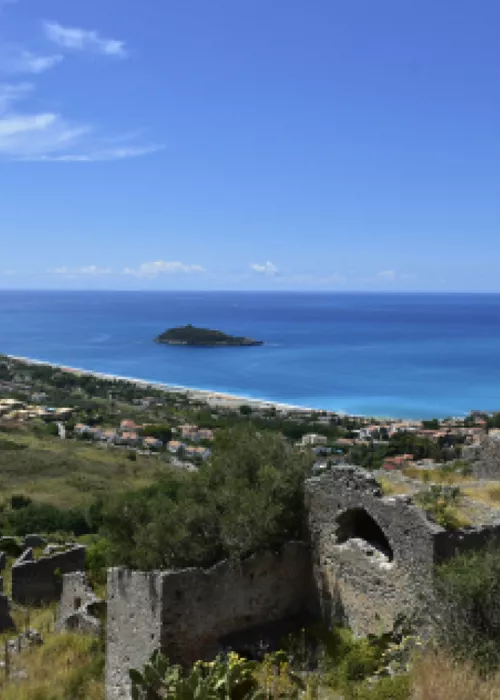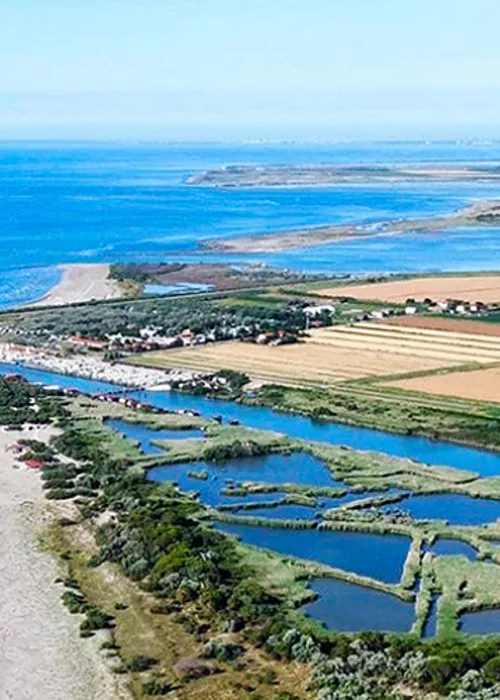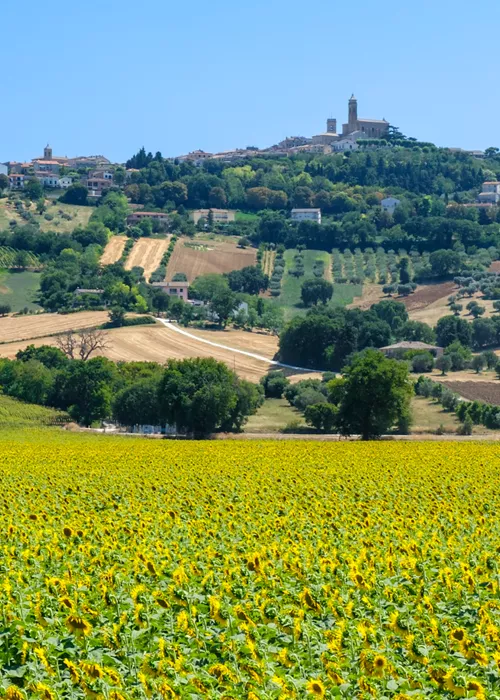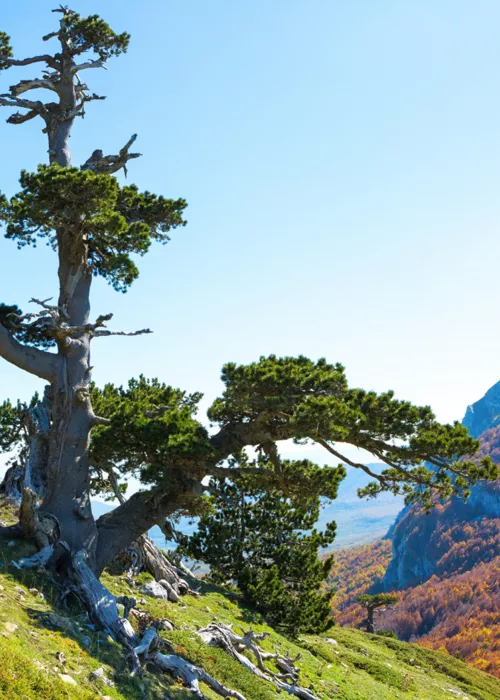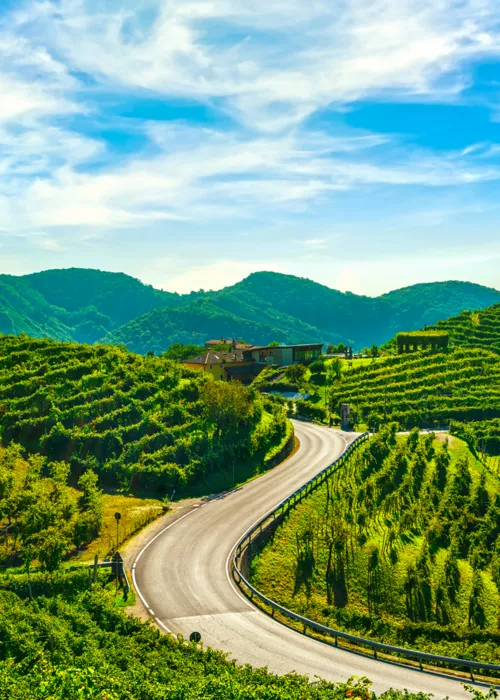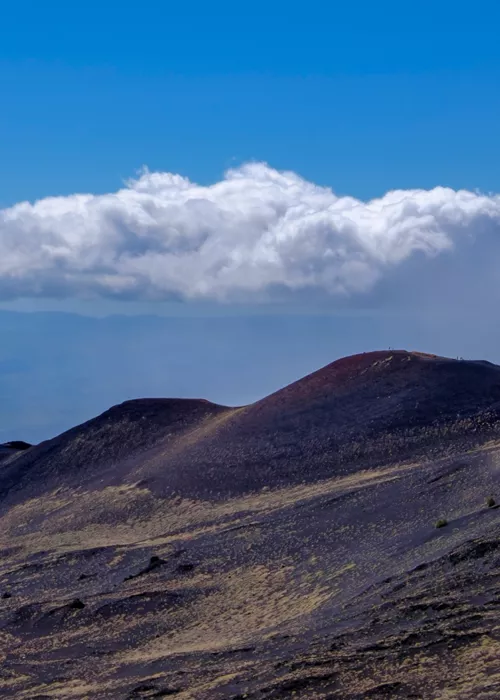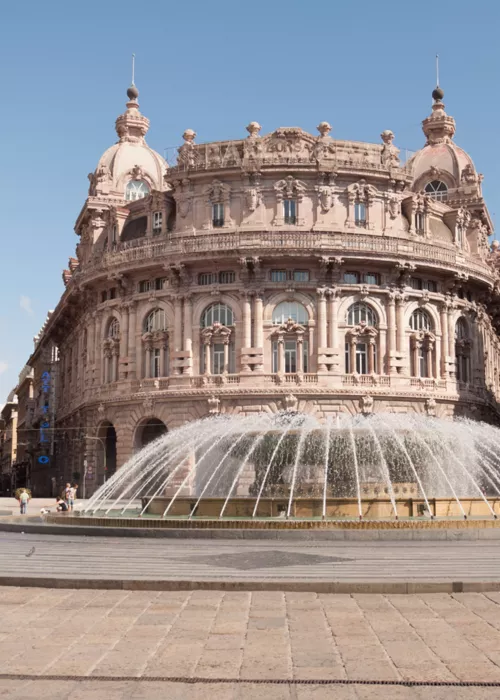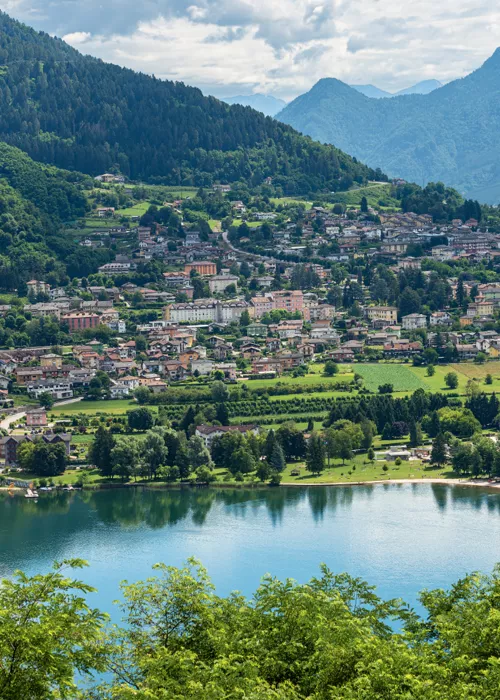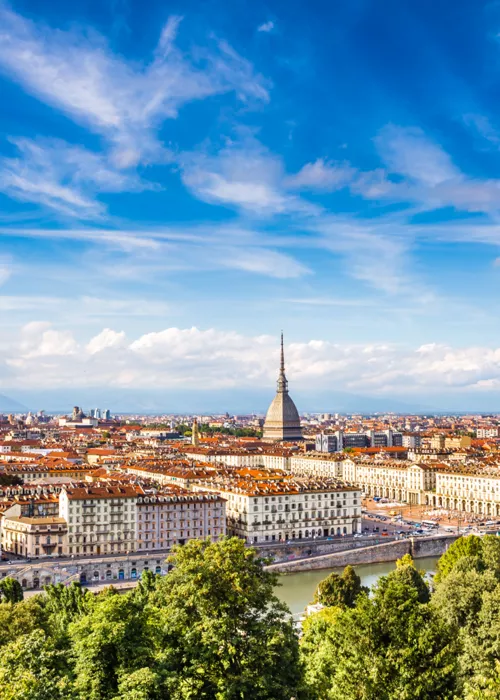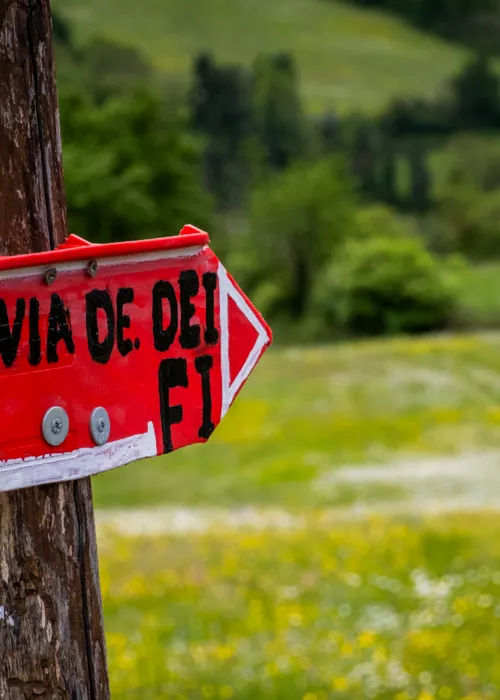Vasto

Vasto is in that part of Abruzzo you don't expect, at the southern end of the Trabocchi Coast. There are 40 km of greenery along the coast between Ortona and Vasto, marked by the presence of the trabocchi, the old fishermen's platforms, slender wooden constructions suspended over the water like silent cranes. Vasto is the most stylish resort on the Costa dei Trabocchi, with artistic beauty, culinary delicacies, beaches of all kinds and the stunning Punta Aderci Nature Reserve.
A must-see is the Palazzo D’Avalos, a symbol of the town, with its lush eighteenth-century Neapolitan garden, home to the archaeological museum and the art gallery. If you like a romantic spot from which to contemplate the sunset, you will be spoilt for choice in Vasto, but none can match the Amblingh Loggia where you arrive on foot.
It is a balcony suspended over the countryside, where the view sweeps from the sea to the nearby hills of Molise and on clear days, to the Tremiti islands. Little places for apéritifs and dinners can be found here.
And finally, the coastline is one of the most beautiful on the coast, with its wild beaches, but also for the large golden beach bordered by vegetation, with the sandy shores and equipped withVasto Marina.
On the tracks of the former SS 86 Istonia, we travel through Abruzzo's unique valleys and landscapes. Crossing the border into Molise, we arrive at Agnone, world-famous for the ancient production of bells.
Our journey resumes in the mountains of Molise, in the heart of Sannio.
Pietrabbondante

It is not the large quantity of stones and boulders scattered across the territory, or the three morges, or the rocks that the name Pietrabbondante alludes to. Instead, it refers to the stones of ancient monuments located a short distance from the town: the archaeological complex of Pietrabbondante, the Italic Sanctuary, one of the most beautiful things you can find in Molise, for the perfect fusion of nature, landscape and architecture. It is the most important sanctuary but also the political centre of the Samnites, with the theatre forming part of a complex of interconnected sacred and civil buildings: because here religion and politics went hand in hand.
The village, on the other hand, is a village that preserves the medieval structure, in whose profile the typical morge stands out, one called the Castle, at the base of which is the church of Santa Maria Assunta with its Baroque façade.
After all, the territory is dotted with rocks, perched villages and castles, but one of the most important is that of Pescolanciano, which dominates from the top of a limestone rock tooth, and underneath which is an ancient village surrounded by walled houses.
Piedimonte Matese

We are on the edge of the Matese Regional Park that Molise shares with Campania, a plateau at an altitude of 1,000 metres topped by the Matese massif, an area to be explored with grandiose panoramas, karstic basins, abysses and many possibilities for speleologists but also for sports and outdoor activities. If only there were yurts, it would be like being in the grasslands of Central Asia, the atmosphere that prevails is that, with green plains and sheaves, saturated hues, grazing animals and the skies circled by eagles. At Miralago, a splendid viewpoint opens up over one of the largest karstic basins in the Apennines occupied mostly by the turquoise Lake of Matese. A beautiful 20 km mountain bike route circles around it. At the edge of the park, two deep gorges emerge from the depths of the Matese massif, at the mouth of which rises Piedimonte Matese. The ancient centre lies close to the mountain and is a medieval village with beautiful stone-paved buildings and alleys, enriched by the presence of the church of S. Maria Maggiore with the relics of the patron saint and the ducal palace of the Gaetani d'Aragona family, rebuilt in the early 18th century. With a few kilometres of road, you reach Alife, which still retains the ancient walls of the Sillan era (1st century BC).
Santa Maria Capua Vetere

Passing along the alluvial plain of the Volturno river, we arrive at Capua, destroyed and then resurrected. The ancient Etruscan Capua, built in the 9th century BC, always had a difficult relationship with Rome, until it reached its peak of splendour under Caesar when it became the richest Roman city in southern Italy. First devastated in 456, it was finally destroyed by the Saracens in 841. The new settlement, in memory of the great Capua of the past, took the name Santa Maria Capua Vetere. Majestic vestiges of ancient Capua survive, first and foremost the Campanian Amphitheatre, second only to the Colosseum in size and decorative wealth. Also very important are the Archaeological Museum of ancient Capua and the nearby Mitreo.
A short distance from the city, the Basilica of Sant'Angelo in Formis is one of the most important medieval monuments in the region, founded on the ruins of the temple of Diana Tifatina and in itself already a spectacle with its view of the Capua plain. But the real surprise is inside with a cycle of medieval frescoes among the largest and most complete in southern Italy.



